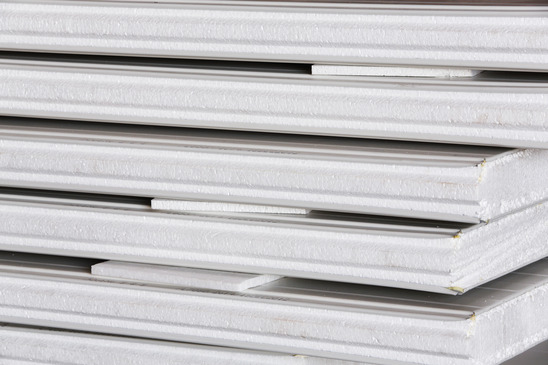If your home has a basement, and you want to utilize it for something other than storage, you will have to choose flooring. The right flooring is essential to any finished basement because the basement environment is different from the rest of your home. Without the right flooring, the cold that seeps up through the floor – and the moisture associated with basements – will not let you enjoy your new space. 
To make the most of your finished basement, you need to invest in basement floor insulation. This insulation will protect your flooring from basement moisture (an inevitable factor since the basement is below the surface of the ground), as well as help keep your flooring warm for your feet. Insulation comes in a variety of thicknesses – as much as 12 inches thick – so choose a thickness that is not going to take away too much height from your basement ceilings.
Styrofoam insulation can be placed between the concrete floor and the plywood subfloor of your basement. This rigid foam provides insulation for warmth, as well as protection from moisture.
Waferboard is another option for insulation. This type of flooring interlocks and protects against loss of heat. Add a layer of plastic, and you have moisture protection.
Subflooring tiles are another option for basement floors. These tiles come ready to use. They feature wood on top for a beautiful appearance and Styrofoam insulation on the bottom to keep out the cold and the moisture.
You can also utilize vinyl flooring for beauty, insulation and moisture protection.
When choosing insulation and flooring for your basement floor, you must remember that carpeting is not always a good choice without the appropriate moisture protection under the subfloor. Otherwise, the carpeting will only serve as a harbor for mildew, mold, and water damage.

For all of your Denver Hardwood Flooring needs visit our site today.